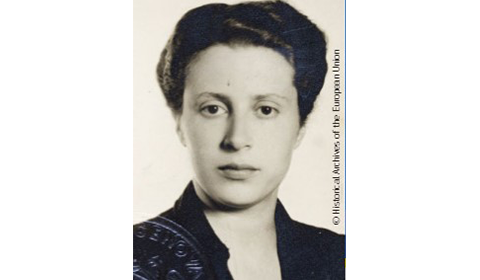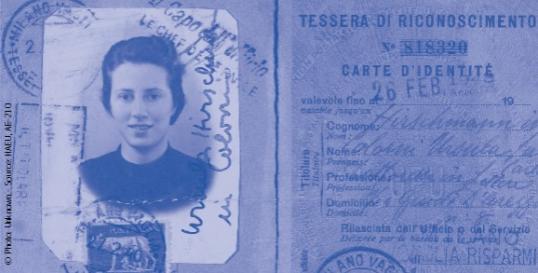
Born into a middle-class Jewish family in Berlin in September 1913,in 1932 Ursula Hirschmann joined the youth organisation of the Social Democratic Party in resistance to the advance of the Nazis. After meeting and then marrying Eugenio Colorni, a young Italian philosopher and socialist, Hirschmann became active in the clandestine anti-fascist opposition movement in his native Italy.
Life and times
When Colorni was arrested and imprisoned on the island of Ventotene,Hirschmann followed her husband there.
There they met Ernesto Rossi and Altiero Spinelli, who in 1941 co-authored the Ventotene Manifesto ‘for a free and united Europe’, regarded by many as the starting point for European federalism.The manifesto was widely read by those fighting with the Italian Resistance against the Nazis.
A vision for Europe
The manifesto called for a break with Europe’s past to form a new political system through a restructuring of politics and extensive social reform. Hirschmann smuggled the manifesto into mainland Italy and helped to disseminate it.
After leaving Ventotene, she arrived in Milan and co-founded the Movimento Federalista Europeo (European Federalist Movement) in 1943. After Colorni was murdered by fascists, Hirschmann fled to Switzerland and became involved in organising the first international federalist congress in Paris in 1945.
Hirschmann’s political commitment did not end after the Second World War. In 1975, she founded the Femmes pour l’Europe (Women for Europe) association in Brussels.
A copy of Ursula Hirschmann’s Italian identity card.
Publication
More about Ursula Hirschmann’s life, work and contribution to the European project.
Further information
The Ursula Hirschmann lectures of the European University Institute.

